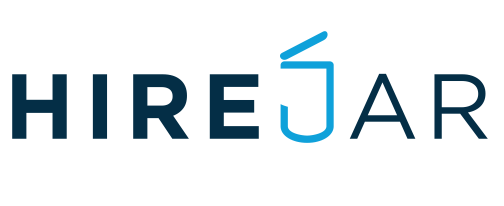Thanks to today’s advanced technology, many people make their living without the added stress of driving to the office and punching a timecard. Instead, remote workers can choose to work from a cafe or to stay home and work in their pajamas. Many companies now value the quality of an employee’s results more than the hours an employee puts in, making nine to five at the office a thing of the past. However, despite all these changes, the hiring process has remained the same for decades. It’s time for some change.
The Typical Hiring Process
Hiring managers and job seekers alike are familiar with the typical hiring process. Once a job description is posted, you’re flooded with resumes, cover letters and references. After sorting through resume after resume, you complete a round of phone interviews, followed by one or two rounds of in-person interviews. If you think you’ve found the person for the job, you call a few references and hire the best candidate.
Job Seekers Know the Game
Since the hiring process has stayed the same for decades, applicants know how to play the game. Savvy job seekers will identify keywords from job descriptions to match their resumes, and will know just what to say in an interview. Forbes contributor Lisa Quast points out, “some people really do lie on their resumes. Others like to stretch the truth, a lot.” An eye for detail and salesmanship are valuable, but that does not necessarily mean that you’ve found the most qualified person for the job.
Claim your Free Subscription to HireJar, the AI Hiring Platform to Fill Any Role, Any Duration
Actions Speak Louder Than Words
The hiring process of yesteryear focuses on candidates who know how to say all the right things. Knowing what to say and knowing how to deliver results are two different skills. Understand a candidate’s skills by asking them to deliver results before you hand over a contract. Consider adding a layer to the initial application, prior to interviews. Applicants who are invested in the job will follow through, and you won’t waste your time looking into passive or uninterested candidates. When you’ve identified a short list of candidates, test their skills by assigning a project. Use their results to determine who is most able to deliver the kind of outcome your team needs. If collaboration is an important quality for your team, consider making this assignment into a project that requires some collaboration with your current team. This will give you the chance to discover what you can only guess during a traditional interview: Does the candidate deliver results? Are they team players who will enhance your team’s collaborations? Of all your applicants, who is truly the best fit?
Don’t Rush the Commitment
Internships and contract-to-hire interim positions can lead to satisfying long-term relationships with employees. That’s because hiring managers understand who they’re hiring in a more intimate way. While these hiring methods are more common among recent college graduates, the reasoning behind a trial period makes sense for job applicants of any age. Consider hiring several strong candidates for part-time or contract positions, and expand the roll to full-time once you’ve identified an individual whose skills most enhance your team’s performance.
Make Your Company Attractive
To attract the best and brightest candidates, it’s important to establish your company as a desirable workplace. Rethink the hiring process to help you find an employee who can deliver results, and it will also show applicants that your company is willing to change with the times. Today’s employees are looking for a satisfying relationship with flexibility and opportunities for growth. Make your company and your team stand out from the very beginning.

